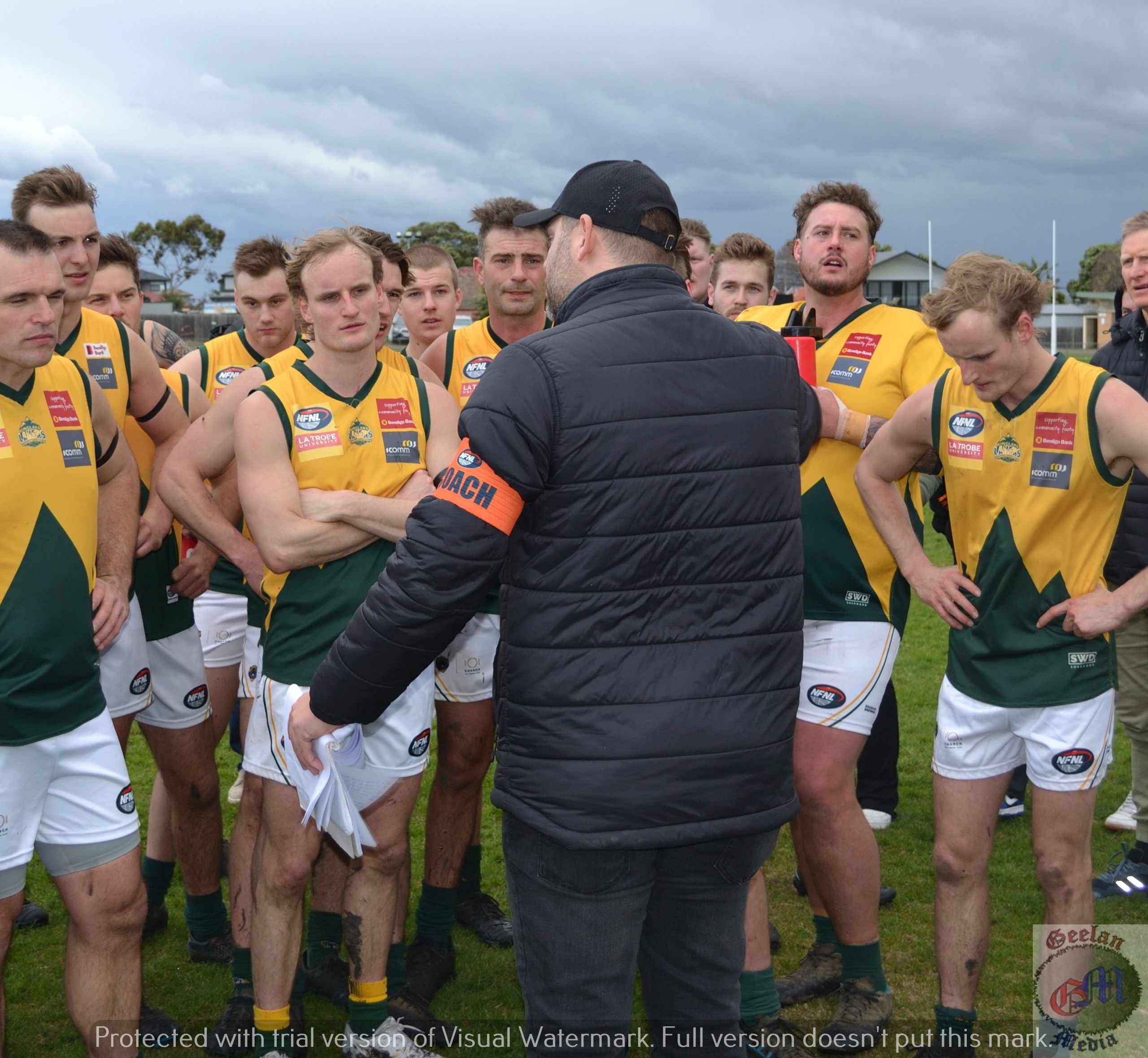In 2018 four people – all males – lost their lives on Murrindindi Shire’s roads. Three motorcyclists and a pedestration. All were aged between 40 to 69 years of age.
Still an improvement on 2017 when five people – all males – died on the Shire’s roads. Again three were motorcyclists and two were car drivers. It is a large improvement on 2015 when eight people, including the last female (to date) to die on Murrindindi Shire’s roads.
There were three fatalities, two motorcyclists and a pedestrian for 2018 in Nillumbik Shire, which includes Heidelberg-Kinglake Rd. Nillumbik Shire did not record a fatality in 2017.
Whittlesea Shire (which includes parts of Kinglake West) had four road deaths in 2018 and three in 2017.
In 2018, 214 people lost their lives on Victoria's roads, compared with 259 in 2017. Let's all keep working together to make our roads safer. #towardszero #zeroispossible #roadtozero pic.twitter.com/1LBiLiNU8l
— TAC (@TACVictoria) January 1, 2019
Across Victoria two hundred and fourteen lives were lost on the roads last year. This compares to 259 in 2017 and previous record low of 243 in 2013.
There was a reduction of almost a third in lives lost on country roads, but a 26.7 percent rise in the number of pedestrian fatalities.
Police today joined the Minister for Roads, Road Safety and the Transport Accident Commission, Jaala Pulford, and representatives from the TAC and VicRoads to reflect on the lives lost.
“Any reduction in the number of people dying on our roads is welcome but the fact remains that hundreds of Victorian families will start 2019 without loved ones – we have to do more and that’s why the Andrews Labor Government will continue to invest in the things that we know save lives on our roads,” Pulford said.
The Andrews Labor Government’s $1.4-billion four-year Towards Zero Action Plan reached the half way mark in 2018, aiming to reduce the number of lives lost on our roads to fewer than 200 by 2020.
While the record low road deaths in 2018 highlights that Victoria is moving in the right direction with its approach to road safety, history shows that there is no room for complacency.
One of the most notable trends from the past year has been the reduction in the deaths on high-speed regional roads. Regional roads claimed the most lives in 2017, with 156 deaths – that number dropped to 108 in 2018.
However, country people are still over-represented in road deaths and that’s why the Labor Government is continuing to invest in road safety infrastructure on the state’s highest-risk roads, including the rollout of flexible safety barriers.
With around 1500 kilometres of barriers rolled out, thousands of barrier hits recorded across the state, and a steep reduction in deaths on high-speed regional roads in 2018, this infrastructure is reducing the severity of crashes and saving lives.
Head of Road Policing Operations Superintendent John Fitzpatrick said the record low is encouraging, but there are still too many fatalities on our roads.
“While the number of lives lost is the lowest ever, we need to remember that we’re talking about people whose lives have been tragically cut short and families who have lost loved ones. One life lost is one too many.
“The fact that there were 45 fewer lives lost in 2018 will be of no comfort to those who are mourning someone who was precious to them.”
“My thoughts are with all those who have lost a loved one.
“Don’t drive after drinking or using drugs, stick to the speed limit and drive to the conditions, don’t use your mobile phone while driving, wear proper restraints and if you’re driving long distances take plenty of breaks to avoid fatigue,” Supt. Fitzpatrick said.
An analysis of the lives lost provisional figures for 2018 shows:
– 108 lives were lost on country roads, a decrease of 30.09 percent on 2017, when 154 people lost their lives on country roads.
– 106 lives have been lost on metropolitan roads, one more than in 2017.
– Pedestrian deaths have increased by 26.7 percent, with 38 killed in 2018 compared 30 in 2017.
– The number of cyclist deaths has almost halved, from 12 in 2017 to seven in 2018.
– 36 motorcyclists lost their lives, one less than in 2017. One pillion passenger was killed, the same as in 2017.
– Passenger deaths decreased by 28.9 percent, down from 45 in 2017 to 32 last year.
– The 214 lives lost resulted from 203 fatal collisions.
– Single fatality collisions decreased from 225 in 2017 to 194 last year.
– Double fatality collisions decreased from 11 in 2017 to eight in 2018.
– Males accounted for the majority of lives lost with 155 compared with 59 females.
– 75 of the 97 drivers who died were male (77.3 percent).
– The 40 to 49-year-old age bracket saw the biggest decrease in lives lost, with a 54.8 percent reduction from 42 in 2017 to 19 in 2018. This was closely followed by the 18 to 24-year-old age bracket, which halved from 44 to 22.
– The 25 to 29-yead-old age bracket experienced the biggest increase in lives lost, with 15.8 percent more killed than in 2017.
– May and November were the months in which most lives were lost, with 23 fatalities recorded for each of those months.
– April had the lowest number of fatalities, with nine lives lost.
– October had an 83.3 percent increase in lives lost, with 22 in 2018 compared to 12 in 2017.
– There were 30 lives lost as a result of collisions involving heavy vehicles, a third less than the 45 in 2017.
The figures released today are provisional only and subject to change as some deaths may be removed or added for a number of reasons. The Road Fatality Review Panel will meet in January and final figures for 2018 will be available on 1 February, 2019.
Kinglake Ranges News will release road fatality data from 1999 to 2018 for Murrindindi, Nillumbik, Whittlesea, Yarra Ranges, Mitchell and Banyule Local Government Areas when final figures are available.

























